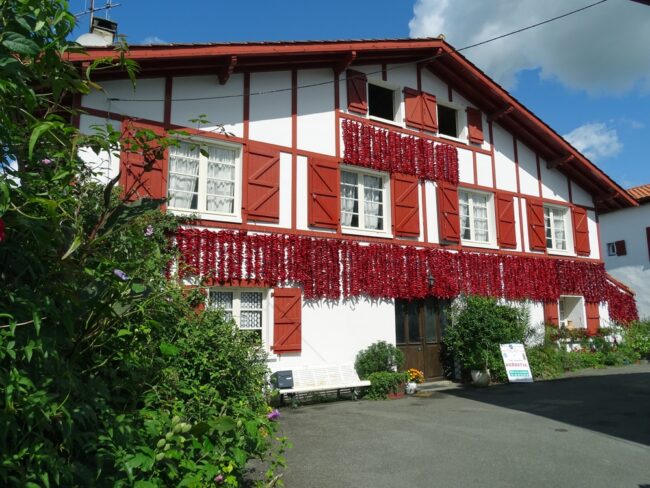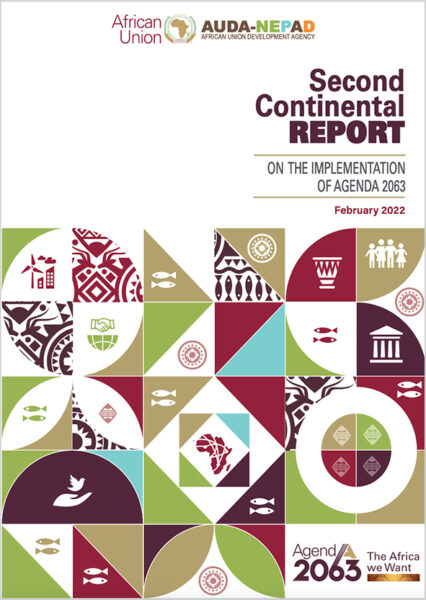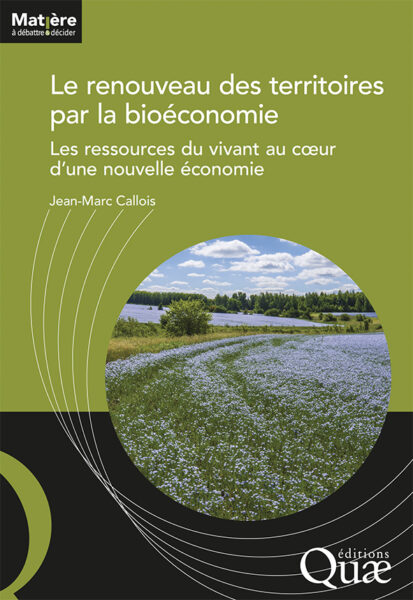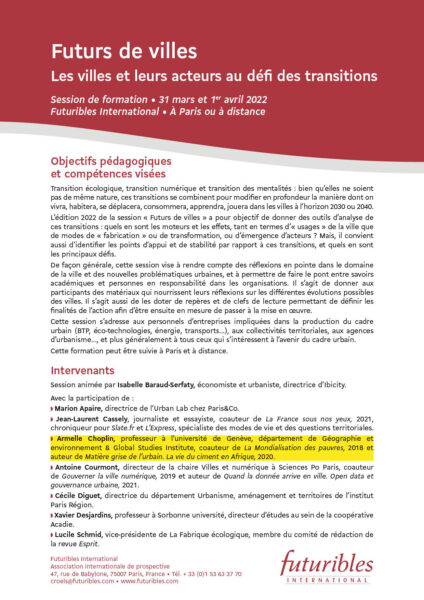In analysing the dynamics of different territories in France over a long period, Gérard-François Dumont shows how three very distinct periods can be distinguished. Up until the end of the 18th century, the country was mainly rural. It became more urban from 1936 onwards and the populations of mid-sized towns then began to grow at the expense of the big cities. However, this trend was reversed 40 years later when the cities began to take off. The author examines the reasons for the rise and fall of these different spaces, showing that there is no inevitability about the futures that different territories will enjoy.
This is attested by the fact that highly contrasting dynamics are seen at different levels, as Dumont shows here with three examples. His first is the town of Vitré near Rennes, which seemed in danger of becoming a “dormitory town” for the nearby city, as Rennes, with its industrial development, drew in enormous numbers of workers. The second example is the small town of Espelette, which also seemed doomed to decline but, thanks to the Confrérie du piment d’Espelette — an association for the promotion of the local variety of red pepper — actually developed an impressive dynamism through agricultural activities and tourism. The third is a little village in the Haute-Loire department called Saint-Bonnet-le-Froid, which was also transformed into a tourist and culinary destination by the efforts of the management of the Auberge des cimes hotel. From these case studies, Gérard-François Dumont draws a number of lessons regarding the factors that determine a territory’s future.
As we are constantly repeating in Futuribles journal, no territory is doomed in advance. Its future depends primarily on the ability of local actors to combine their efforts to serve a vision rooted in the particular characteristics of the locality.




